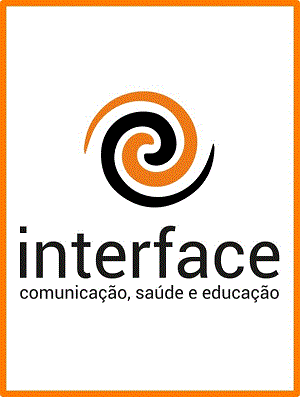| Teaching guidelines in primary care |
National Curricular Guidelines for the medicine course - 2014 |
Curricular pedagogical project of 2014 - School of Medicine - UFG |
| Approach centered on the person, family and community |
“comprehensive and humanized care by means of a continuous medical practice integrated to the other health actions and levels, [...] stimulating self-care and the autonomy of people, families, groups, and communities” (p. 2).
“Care centered on the patient, on the family, and on the community [...]” (p. 2)
“including the perspective of users, family and community, favoring their autonomy in decisions about the therapeutic plan.” (p. 8) |
“The first interaction must be between the student and the individual inserted in his/her social context (the family, neighborhood group, and the social foci where his/her social relationships are developed).” (p. 15)
“Individual, Family, Community, Society Axis: aims at the development of community-based, integrated action [...], where the student maintains a close relationship with the individual, the family, the community and society, or in environments and structures belonging to them” (p. 46) |
| Action in prevention and health promotion |
“participation in the discussion and construction of intervention projects in social groups, aiming to improve health indicators, always considering their autonomy and cultural aspects” (p. 7)
“stimulus to the inclusion of health promotion and education in all the levels of care, with emphasis on primary care” (p. 7) |
“acting in health protection and promotion and in disease prevention, as well as in the treatment and rehabilitation of health problems” (p. 24) |
| Competence to work with popular education and with the team’s permanent education |
“stimulus to the inclusion of health promotion and education in all the levels of care, with emphasis on primary care” (p. 7) |
POPULAR EDUCATION IS NOT MENTIONED
“transmission of the knowledge of the health area, whose reach involves the student’s education, and the continuous exchange among professionals from the institutions that provide services, mainly the Primary Care Units, reaching, also, the community itself, in a permanent process of education and awareness-raising.” (p. 16) |
| Respect for patient autonomy |
“stimulating self-care and the autonomy of people, families, groups, and communities” (p. 2). |
NOT MENTIONED |
| Capacity to make shared decisions |
“including the perspective of users, family and community, favoring their autonomy in decisions about the therapeutic plan” (p. 8) |
NOT MENTIONED |
| Utilization of scientific evidence |
“Decision-making based on the critical and contextualized analysis of scientific evidence” (p. 3) |
“capacity to make decisions [...] based on scientific evidence; (p. 22) |
| Decisions based on prevalence and incidence |
“Analysis of the health needs of groups of people and life and health conditions of communities, based on demographic, epidemiological, health and environmental data, considering dimensions of risk, vulnerability, incidence and prevalence of health conditions [...]” (p. 7) |
“correctly diagnosing and treating the main diseases of the human being in all the stages of the biological cycle, based on the criteria of diseases’ prevalence and morbidity potential” (p. 24) |

